Located in the west of Hanoi , along the Red River, Phu Gia village (Phu Thuong Ward, Tay Ho District) is also known as Phu Thuong sticky rice village because there are more than 600 households making sticky rice. Every afternoon, when families turn on the stove to cook rice, the sticky rice village also lights up the fire to prepare breakfast for Hanoians the next morning.
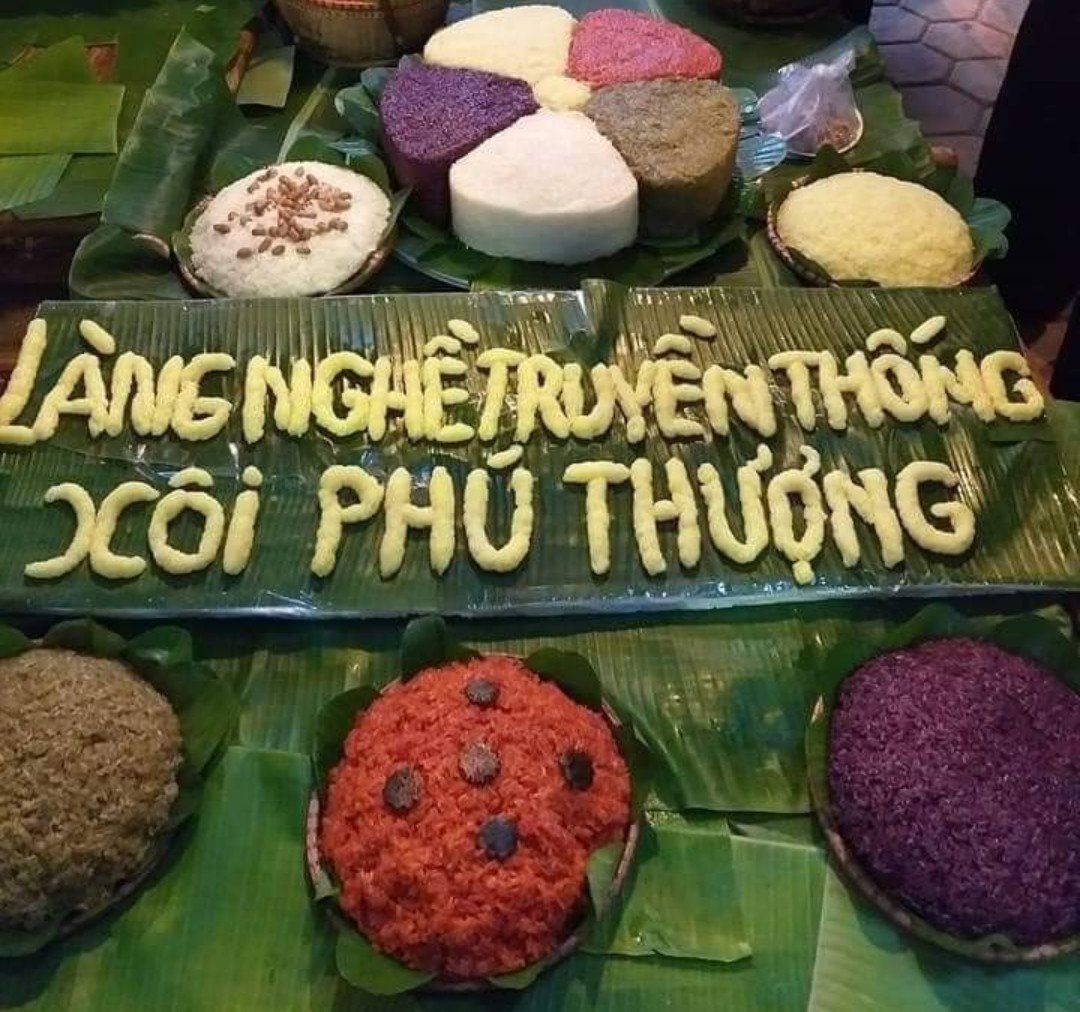
Phu Thuong sticky rice making village officially honored as National Intangible Cultural Heritage
Mr. Nguyen Thanh Nam (Phu Thuong Ward, Tay Ho District), who has been in the profession for more than 30 years, said: "Cooking sticky rice requires meticulousness in preparing ingredients, meticulousness in cooking methods and precision in timing. The most important thing in our village's sticky rice is the rice grains. The rice used to cook sticky rice is golden sticky rice, a type of rice that is sticky, thick, plump and round, so that when cooked, the sticky rice is guaranteed to be plump, shiny, and meet the standards in both appearance, smell and taste."
Regarding the cooking method, according to Mr. Nam, delicious sticky rice must be cooked twice and carefully prepared to achieve the desired consistency. The first time, boil for about 30 minutes, then pour it into a basket (lined with a thin towel), stir it with chopsticks to release the steam, after 3 hours, take it out, sprinkle it with water, squeeze it evenly, and wait for 5 days later (from 3am to 5am - PV) to steam it again before dividing the sticky rice to sell.
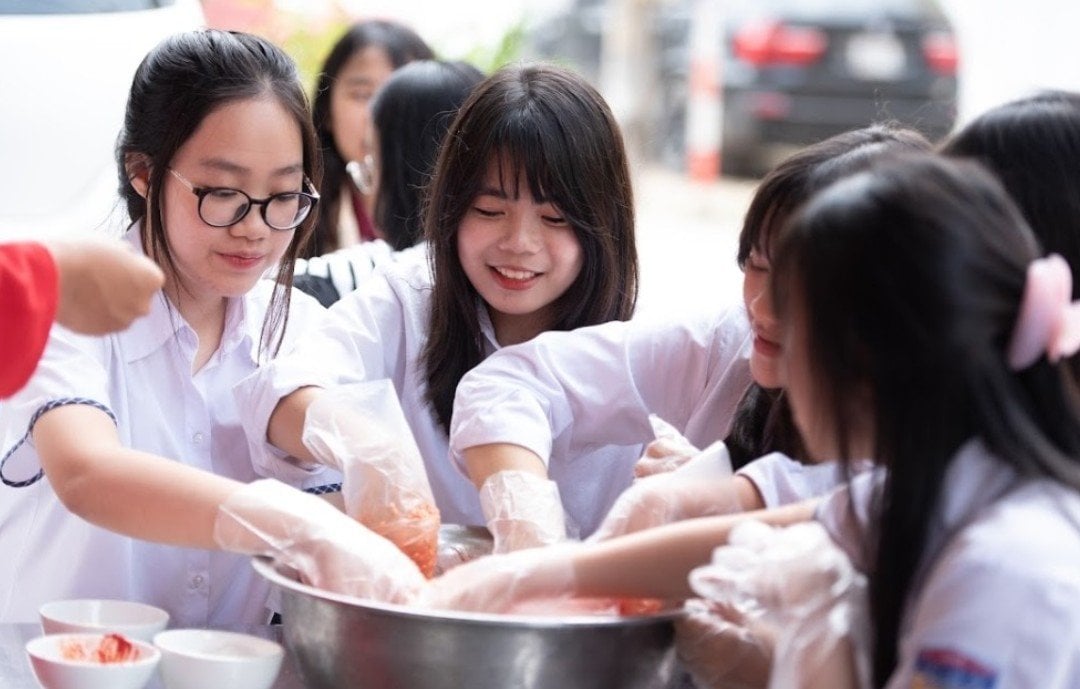
Students of class 10D2, Chu Van An High School (Hanoi) were able to learn and explore how to make traditional sticky rice from Phu Thuong craft village.
For hundreds of years, every morning, many Hanoians have become accustomed to having breakfast on the sidewalk with a hot sticky rice package, fragrant with the aroma of the leaves wrapped in Phu Thuong village. Every day, tons of Phu Thuong sticky rice are transported and sold to every corner of the city.
Phu Thuong sticky rice is not only made from pure white sticky rice but is also combined with other ingredients, creating many different flavors, from bright red sticky rice with gac fruit, fragrant green pandan sticky rice to attractive fatty sticky rice with skewers... Hundreds of sticky rice packages bring hundreds of strange flavors that attract diners from both aroma and richness, making it difficult for anyone to refuse.
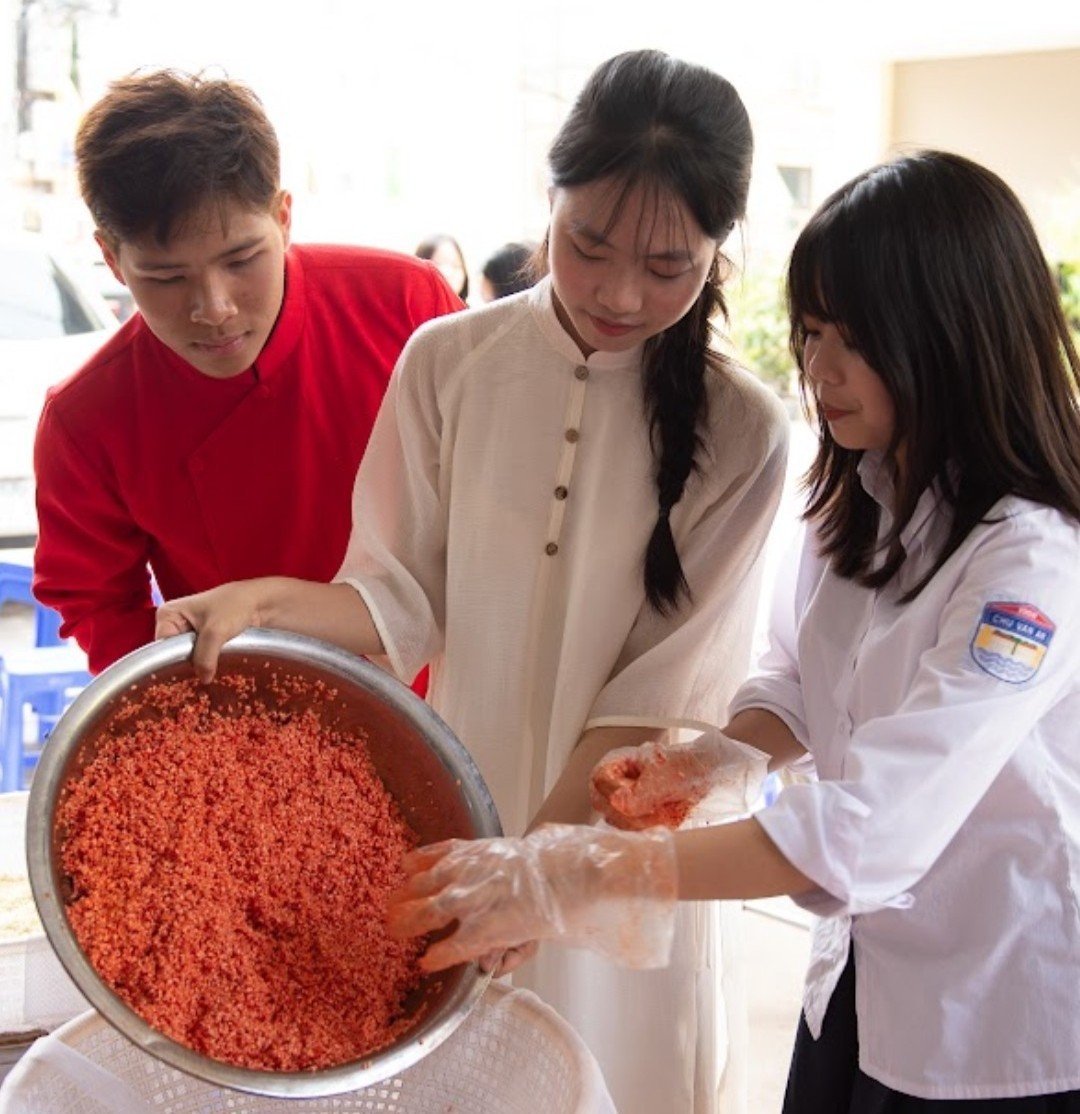
Red gac is used to color sticky rice.
The color of Phu Thuong's sticky rice is also a strong point that conquers even the most demanding diners. Mrs. Dinh Thi Do (Phu Thuong village) shared her experience: "To make the sticky rice fragrant, delicious, original, and healthy, the accompanying additives must be extracted from natural plants, flowers, and leaves. Red sticky rice is made from gac fruit, purple sticky rice is made from purple leaves, green sticky rice is made from pandan leaves, blue-purple sticky rice is made from butterfly pea flowers... Each color of sticky rice is different, both beautiful and has its own flavor thanks to the different spices like that."
To have a delicious batch of sticky rice, both in appearance and flavor, the leaves used to wrap the sticky rice are also very important. Mr. Nam said that the sticky rice makers in Phu Thuong village often use different types of leaves to wrap the sticky rice for sale to customers, so that the sticky rice after being baked and reaching the street always has the maximum softness and moisture, whether customers eat it in the morning or leave it around noon, the stickiness of the sticky rice is still guaranteed.
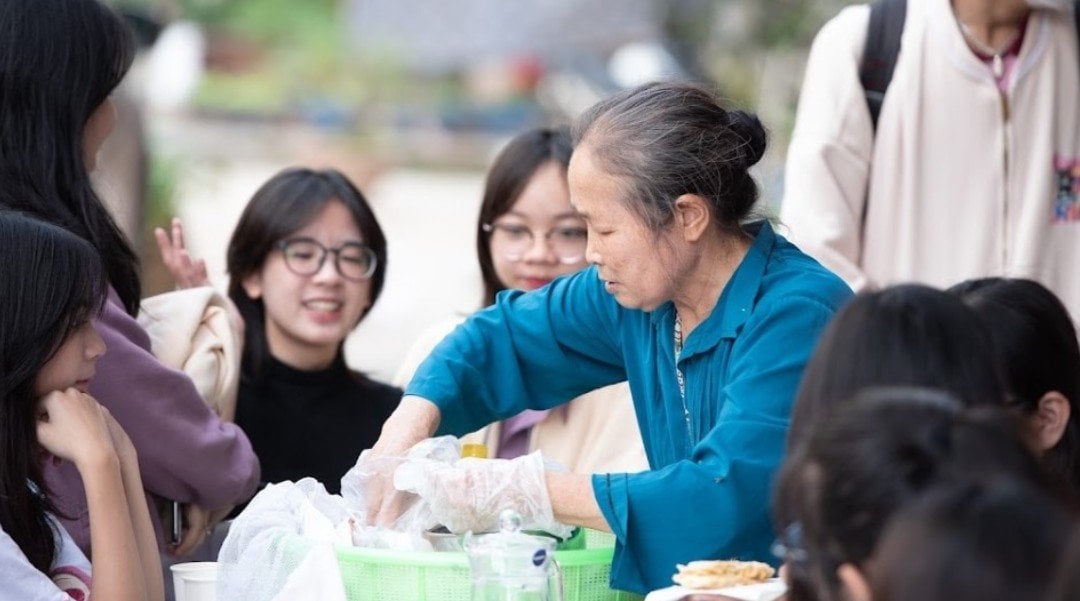
Ms. Dinh Thi Do introduces the sticky rice making process to students.
A "delicious piece" leaving the kitchen to go to the street is the meticulousness and hard work of the workers and artisans from the stages of choosing rice, dyeing, steaming sticky rice to preparing side dishes and wrapping leaves for customers... Every morning, each batch of sticky rice leaves Phu Thuong and spreads throughout the street, creating a delicious, multi-flavored breakfast, imbued with the culinary flavors of Hanoi.
Source link


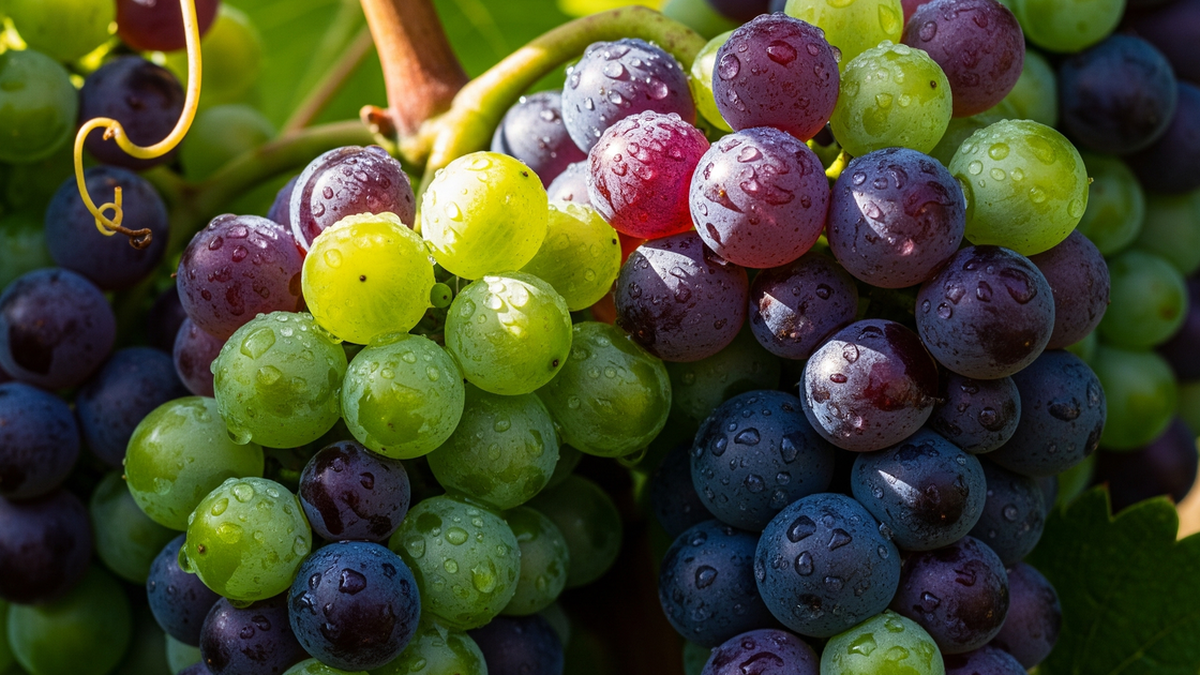






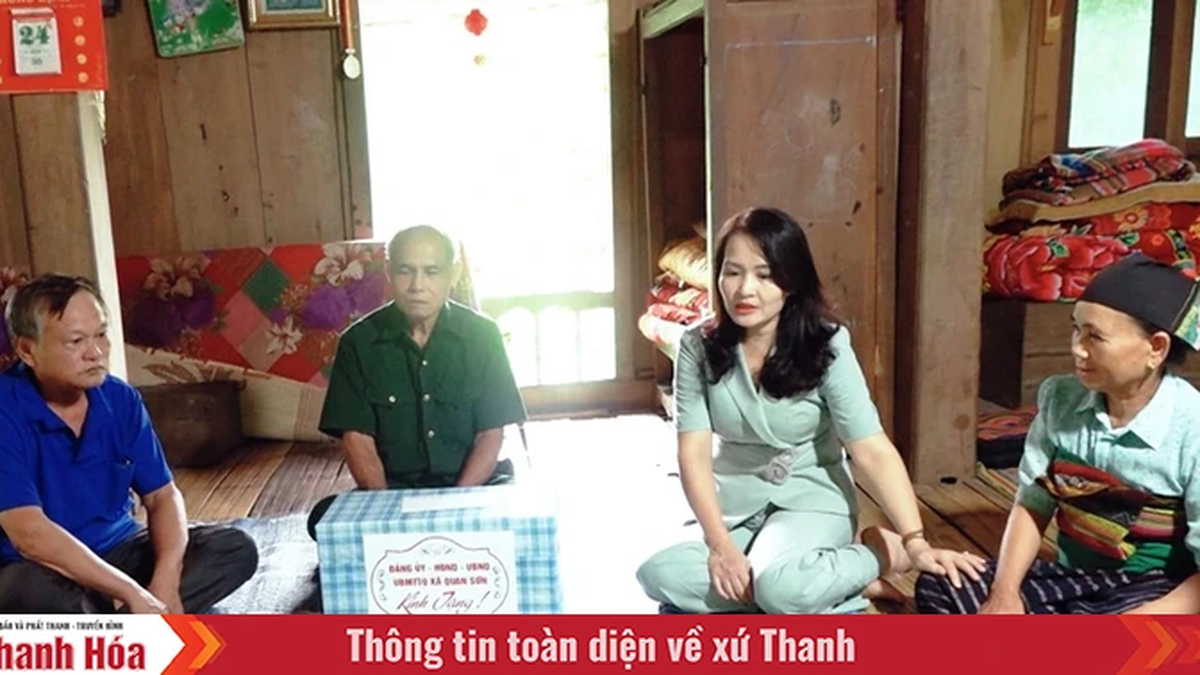
























































































Comment (0)